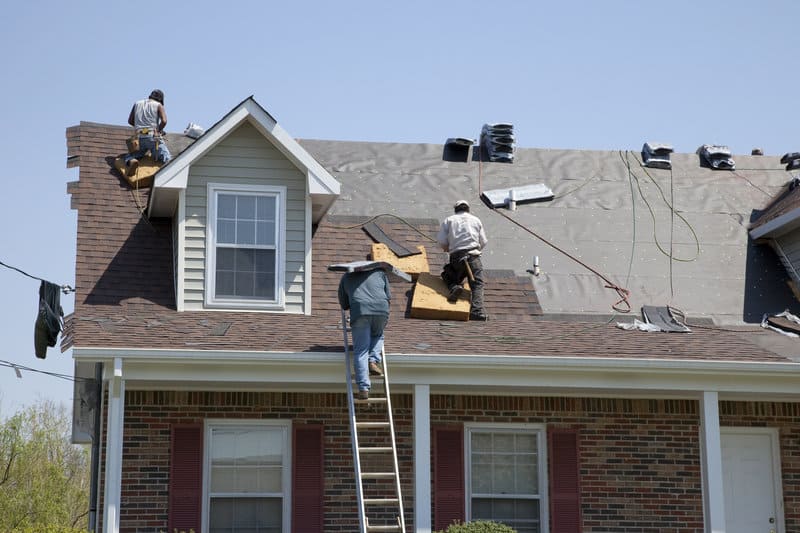Roofing plays a vital role in safeguarding both residential and commercial properties against the elements. However, the roofing needs and considerations for each type of property differ significantly.
In this article, we delve into the distinctions between residential and commercial roofing, exploring their unique characteristics, challenges, and solutions.
Understanding Residential Roofing
Residential roofing primarily focuses on protecting single-family homes, townhouses, and multifamily dwellings. The roofing materials, designs, and considerations for residential properties are tailored to meet the needs of homeowners and their families.
Key Features of Residential Roofing
Residential roofing systems typically feature pitched or sloped roofs, which not only enhance curb appeal but also facilitate water drainage and snow shedding. Common roofing materials for residential properties include asphalt shingles, clay or concrete tiles, wood shakes, and metal roofing.
Factors Influencing Residential Roofing Decisions
Several factors influence residential roofing decisions, including aesthetic preferences, budget constraints, climate considerations, and homeowner association regulations. Homeowners often prioritize durability, energy efficiency, and low maintenance when selecting roofing materials for their homes.
Challenges in Residential Roofing
Residential roofing projects may encounter challenges such as complex roof designs, accessibility issues, and coordination with other trades. Additionally, residential properties may have landscaping, outdoor living spaces, and nearby trees that require careful consideration during roof installation or repairs.
The Importance of Commercial Roofing
Commercial roofing focuses on protecting commercial and industrial buildings, including offices, retail stores, warehouses, and manufacturing facilities. Commercial roofing solutions are designed to withstand heavy foot traffic, equipment installations, and exposure to environmental factors.
Characteristics of Commercial Roofing
Commercial roofing systems often feature flat or low-slope roofs, which provide ample space for HVAC equipment, solar panels, and other utilities. Common commercial roofing materials include single-ply membranes (such as EPDM, PVC, and TPO), built-up roofing (BUR), modified bitumen, and metal roofing.
Considerations in Commercial Roofing
Commercial roofing projects require careful consideration of factors such as building codes, occupancy requirements, tenant preferences, and long-term maintenance plans. Property owners and facility managers prioritize durability, waterproofing, and energy efficiency when selecting roofing systems for commercial buildings.
Challenges in Commercial Roofing
Commercial roofing projects often face challenges such as roof access restrictions, safety regulations, and coordination with multiple stakeholders. Additionally, commercial properties may have rooftop equipment, drainage systems, and ventilation requirements that must be addressed during roof installation or repairs.
Bridging the Gap Between Residential and Commercial Roofing
While residential and commercial roofing have distinct characteristics and challenges, they share common goals of providing protection, durability, and energy efficiency. Professional roofing contractors play a crucial role in bridging the gap between residential and commercial roofing by offering expertise, experience, and tailored solutions for both property types.
Conclusion
In conclusion, residential and commercial roofing serve different purposes and face unique challenges, but they both play integral roles in protecting properties and their occupants.
By understanding the differences between residential and commercial roofing and partnering with reputable roofing contractors, property owners can ensure that their investment is well-protected for years to come.
Whether it’s a cozy home or a bustling commercial space, quality roofing is essential for peace of mind and property preservation.

